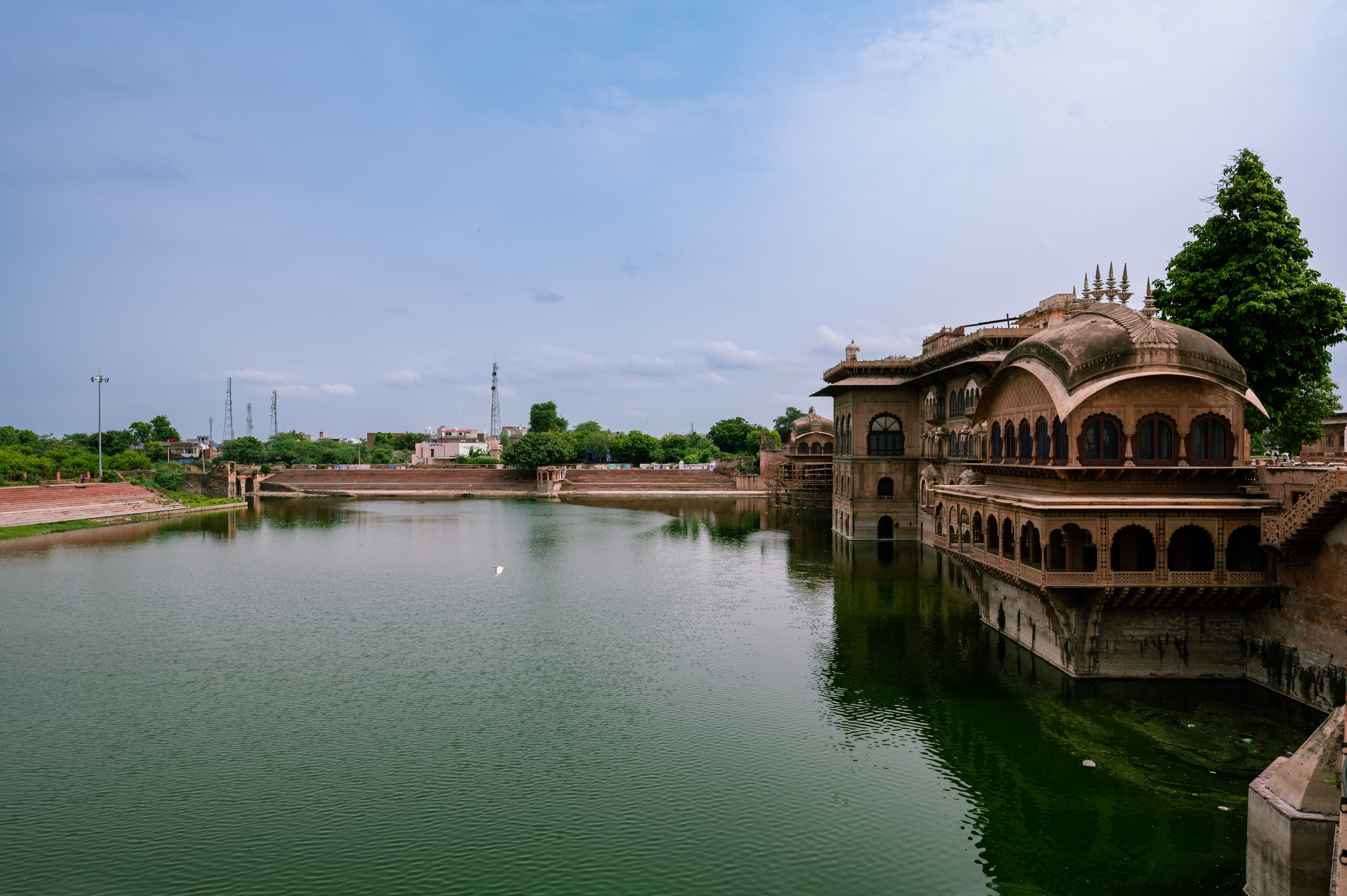
Long weekend calls for short trips around your city. We’re glad to have chosen an offbeat location for the mid-August break as popular places near NCR were overflowing with tourists! If you haven’t heard about Deeg, this is it. Here is all about Deeg, the hidden gem of Rajasthan.
Around forty kilometers from the UNESCO Heritage site of Keoladeo Bird Sanctuary, lies the lesser known Deeg Palace. Built as a summer retreat for the rulers of Bharatpur, Deeg Palace is the only palace of Hindu style in entire North India.
What to explore in the palace city?
The mansions known as Bhawans, including Gopal Bhawan, Suraj Bhawan, Kishan Bhawan, Nand Bhawan, Keshav Bhawan, and Hardev Bhawan, are the primary representations of Deeg’s architecture. These palaces stand out for their well-balanced designs, perfect proportions, spacious halls, appealing and thoughtfully placed arcades, tempting flora, gorgeous tanks, and canals with fountains. Deeg Gardens’ design is based on the Mughal Char Bagh or four-fold garden designs, and it is bordered by two reservoirs known as Rup Sagar and Gopal Sagar.
The following are the main structures in the palace of Deeg, the hidden gem of Rajasthan
Singh Pol
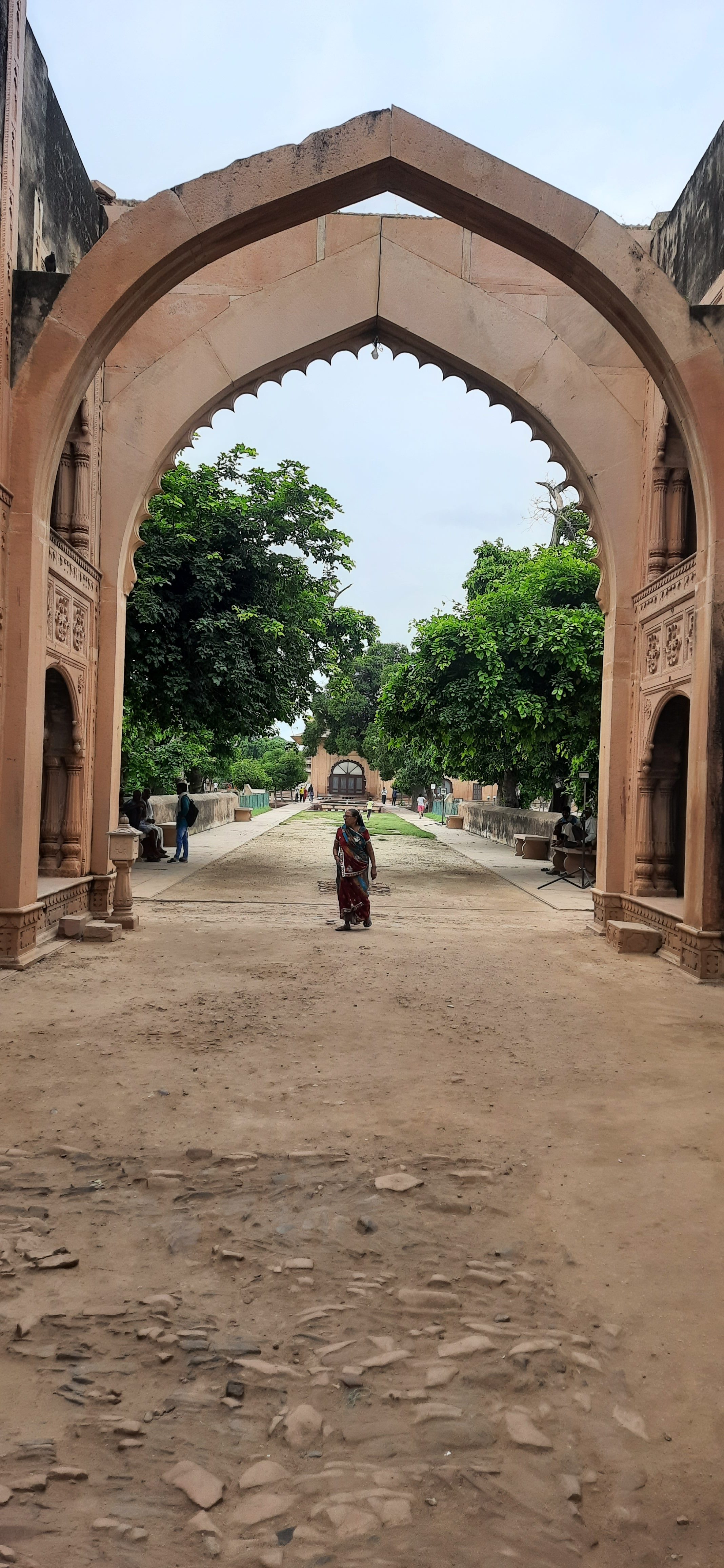
This is the main entrance to the palace complex. It is an unfinished structure having a central projection on north. Architecturally, it appears to be a work of relatively later period. Singh Pol is named after two lions sculptured in front of the archway.
Gopal Bhawan
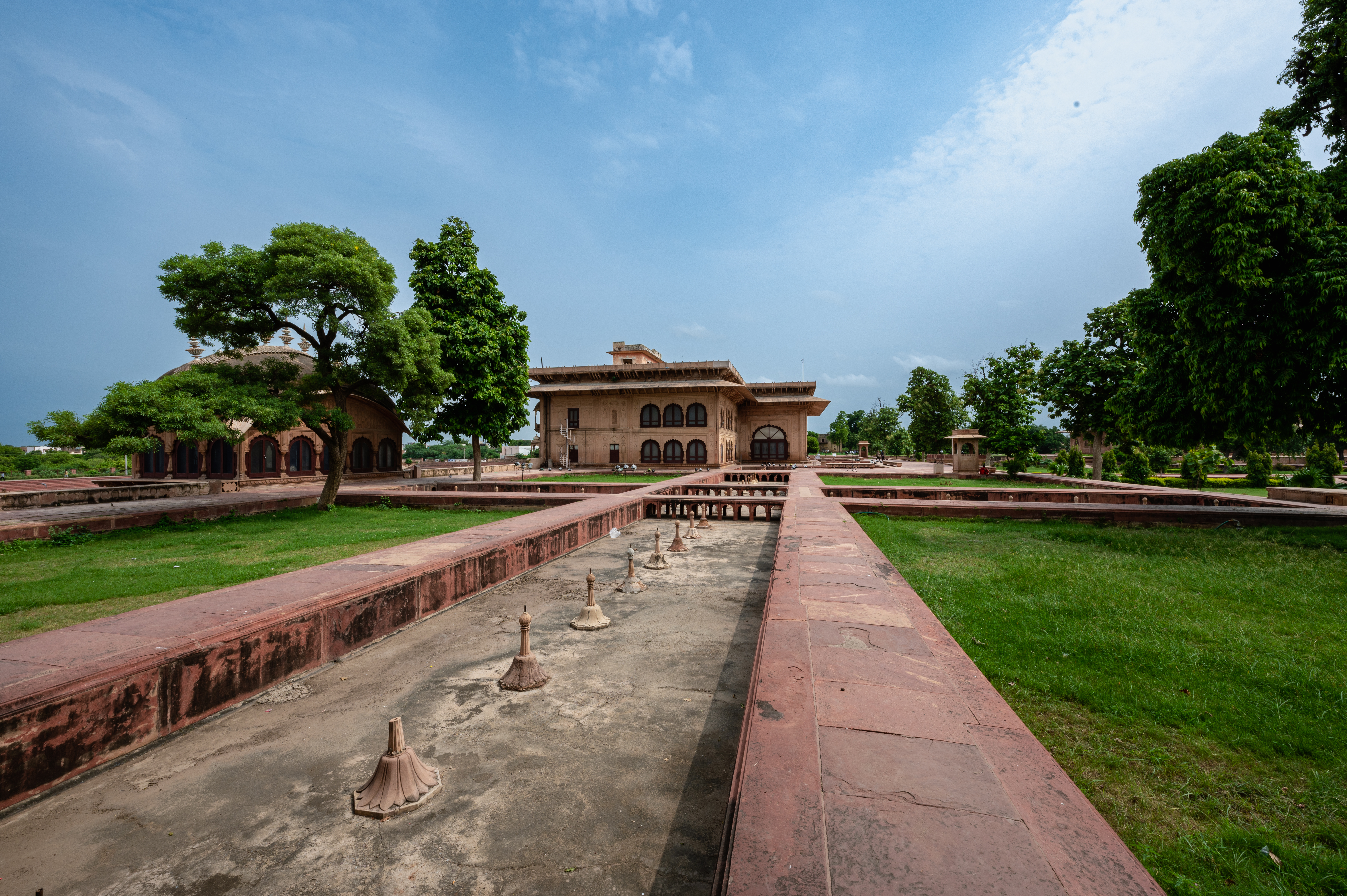
Of all the buildings, this one is the biggest and most beautiful. Its reflection in the nearby sheet of water gives the environment a special appeal. The Bhawan features a central hall that is surrounded on either side by wings with two low-storey annexes. Two oblong basement levels were built as summer resorts on its waterfront. Magnificent arches and powerful pillars are carved onto the projection in the centre.
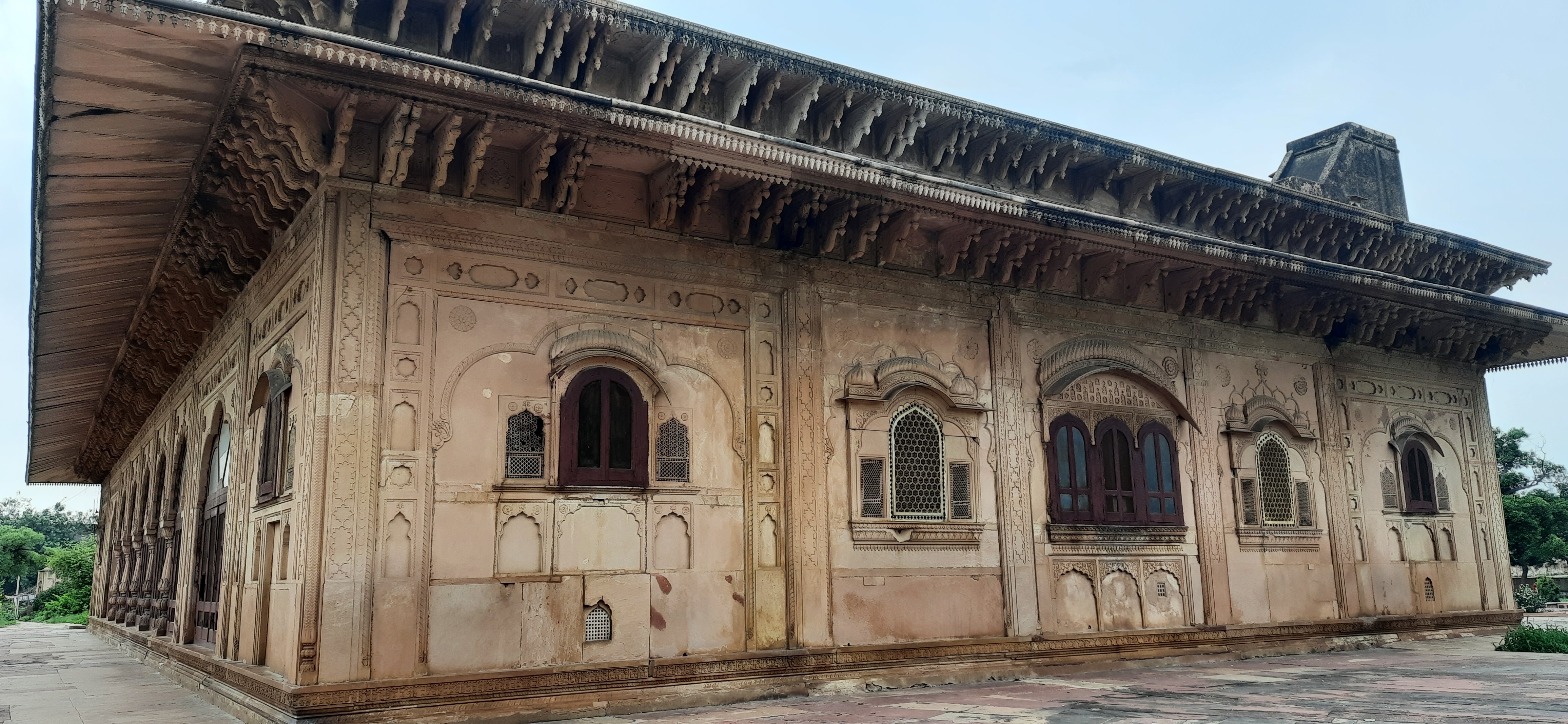
Kishan Bhawan
The Kishan Bhawan is located on the complex’s southern edge. This structure features an elaborately designed panelled façade. It is broken up by five sizeable central arches and a fountain feeding tank on its terrace. There are elaborate arabesque carvings on the spandrels of the middle and front arches. Inside, the back wall features an alcoved balcony with a fake curved roof that depicts a forested cabin and a façade with carvings.
Suraj Bhawan
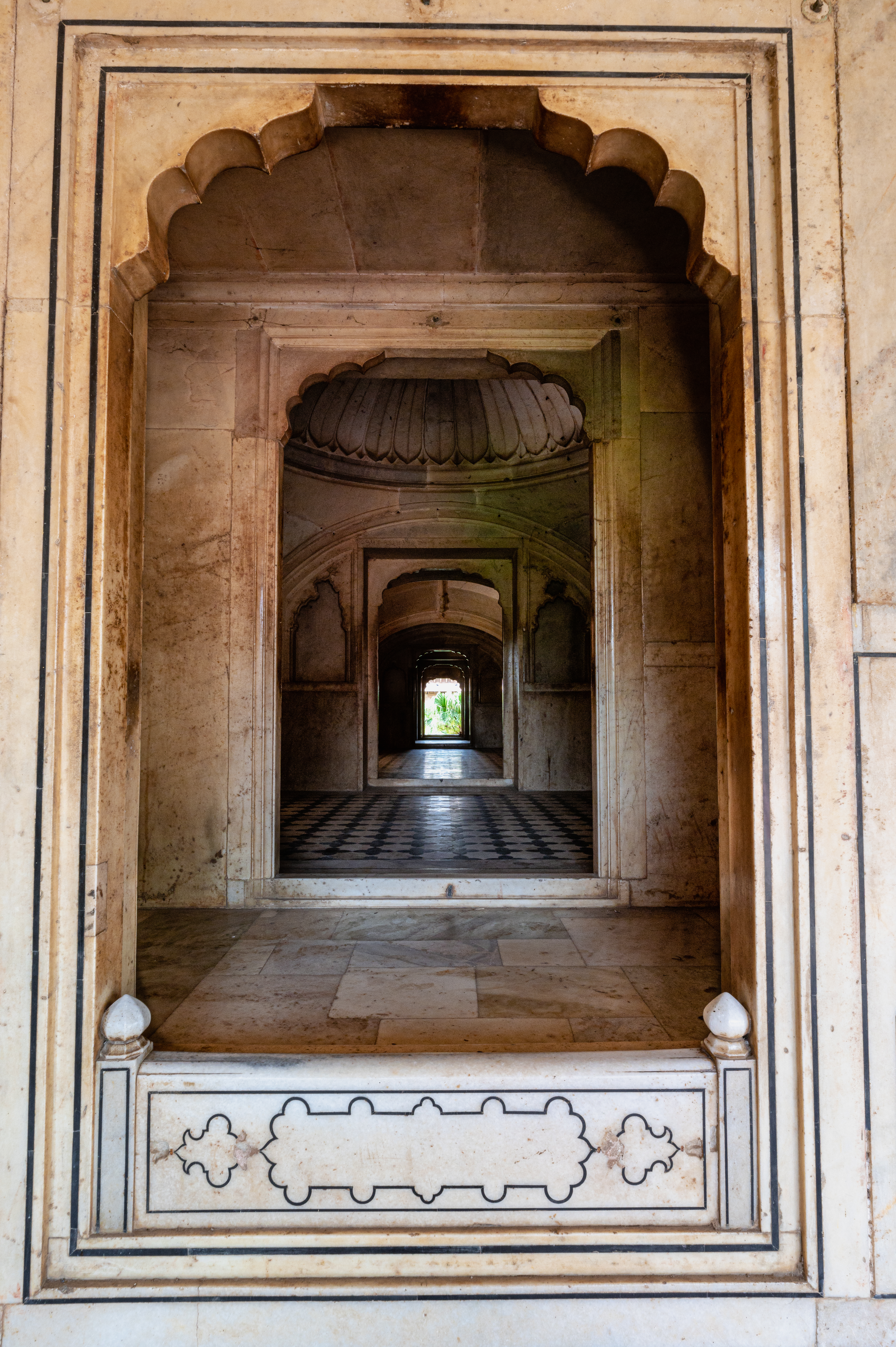
The single storey square building consists of verandah with five arched openings. Suraj Bhawn is the most splendid bhawan of the complex built in marble. It bears a resemblance to the early Mughal edifices.
Hardev Bhawan
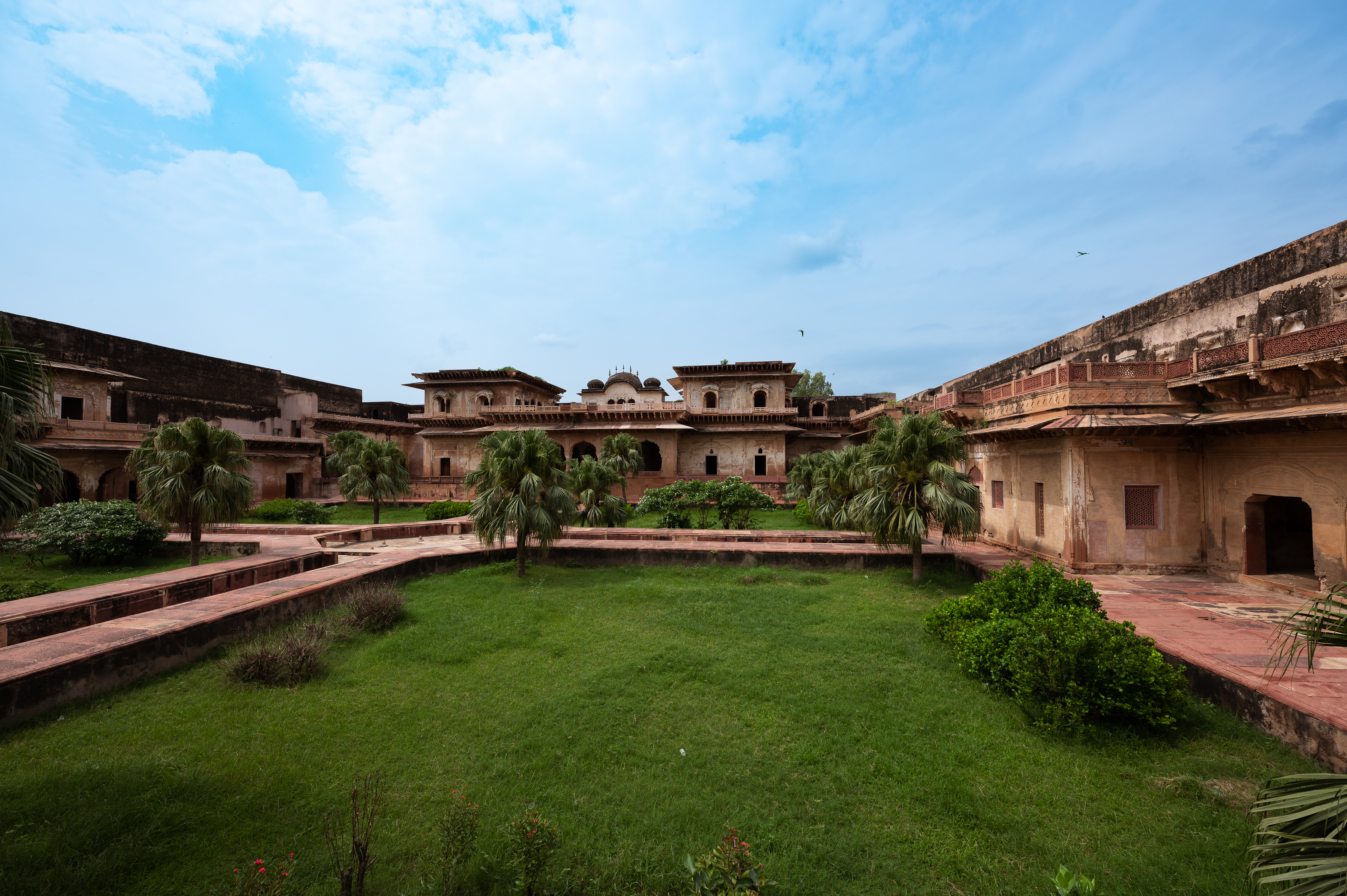
Right behind Suraj Bhawan lies Hardev Bhawan with a huge garden laid in charbagh pattern. The rear part of the palace is adorned by a chhatri bearing a spiked curved roof. At the back of the upper floor runs a narrow gallery screened with obliquely-cut jails.
Noor Jahan ka Jhoola
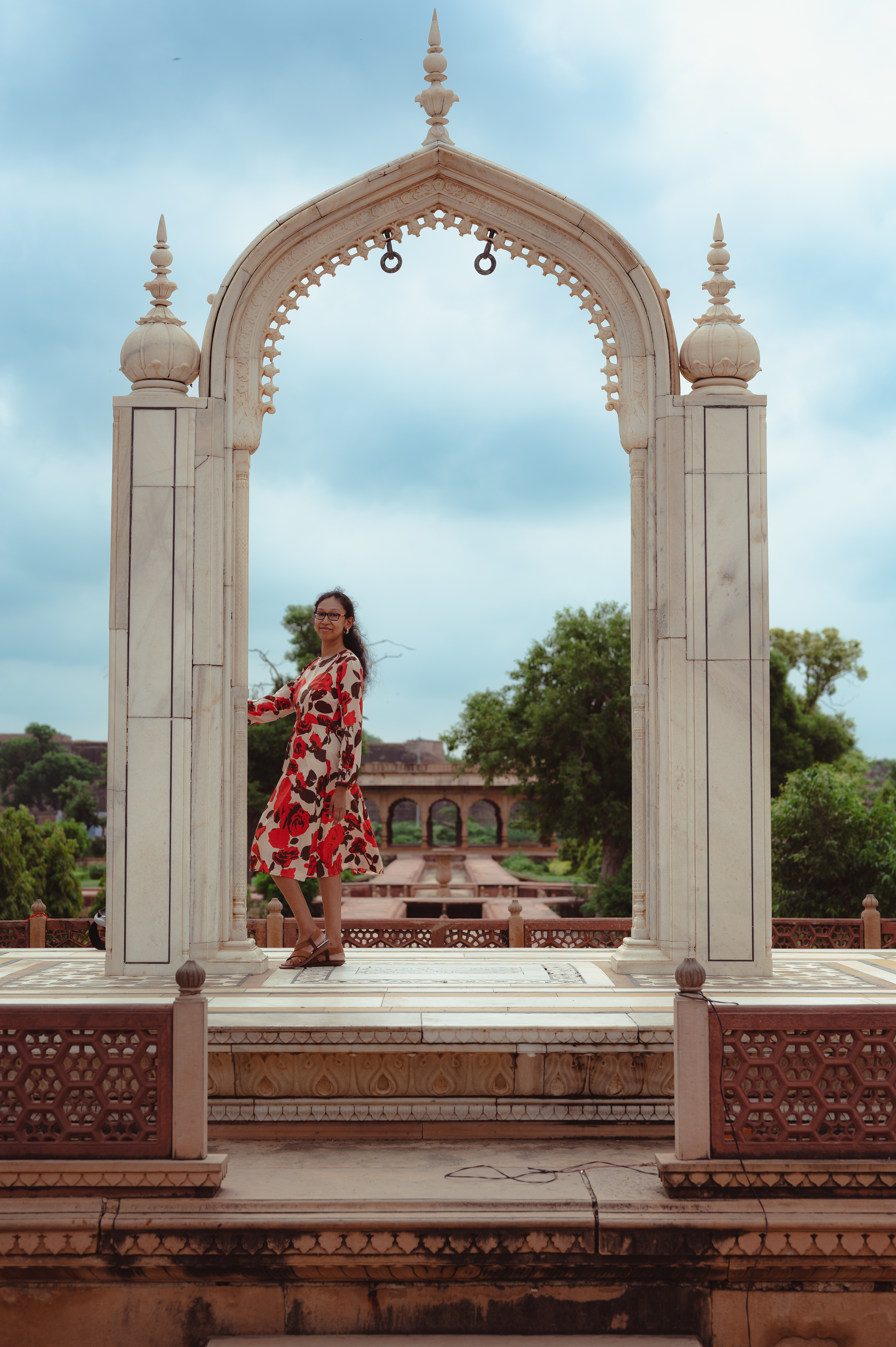
The relics of the queen’s swing is the marble structure which was supposedly used by Noor Jahan herself. The marble block that remains in the open area is a gorgeous Instagrammable spot.
Keshav Bhawan
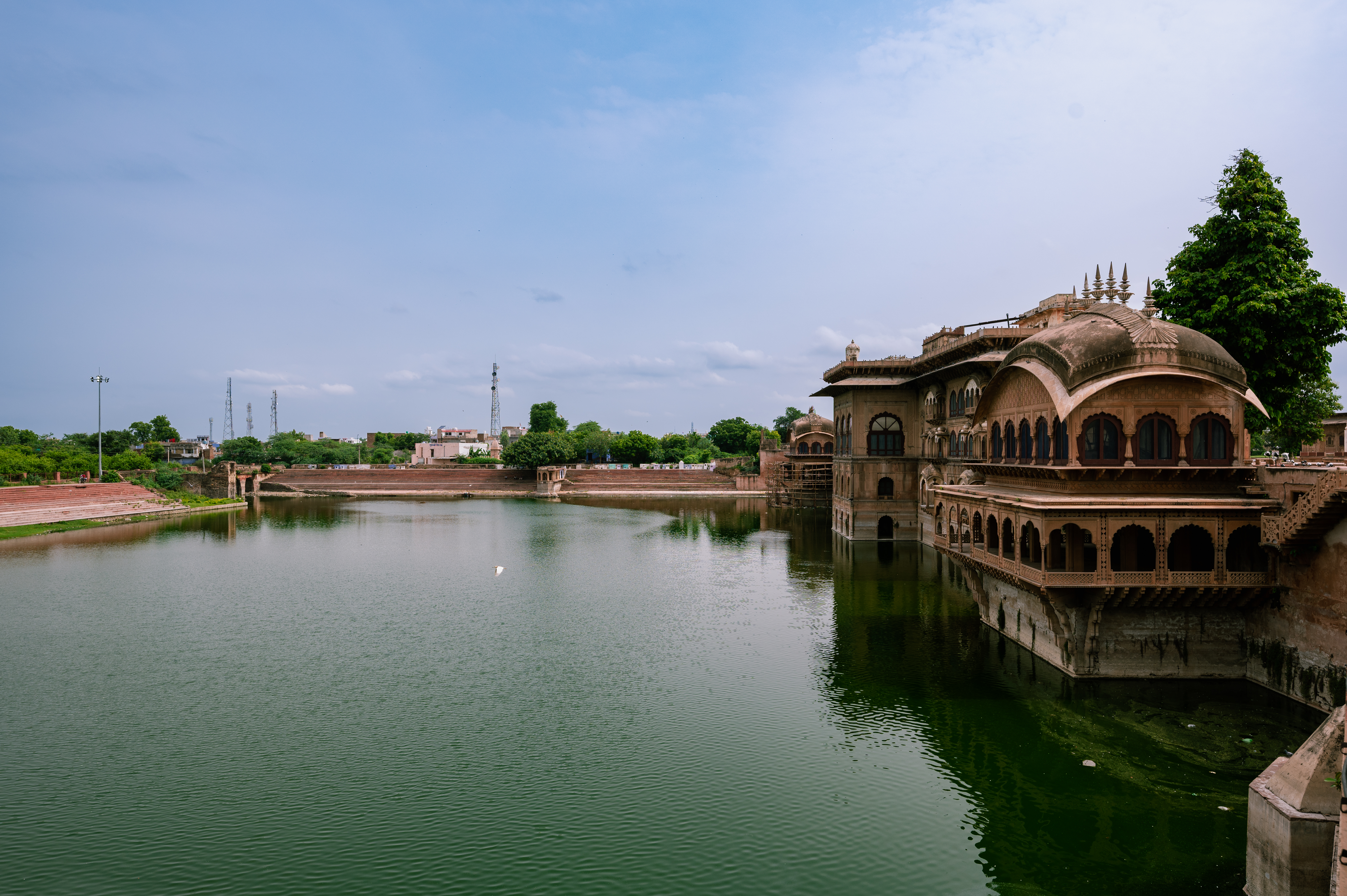
Keshav Bhawan is a square, single storeyed open pavilion situated along Rup-Sagar. The Bhawan is commonly known as baradari. Centrally, the bhawan is diversified by an arched running on all sides and forming an inner square. The bhawan originally included an elaborate device to reproduce the effects of monsoon. The stone balls in the ceiling would get agitated by piped running water and created the noise of thunder. A broad canal runs round the edge of the pavilion.
Nand Bhawan
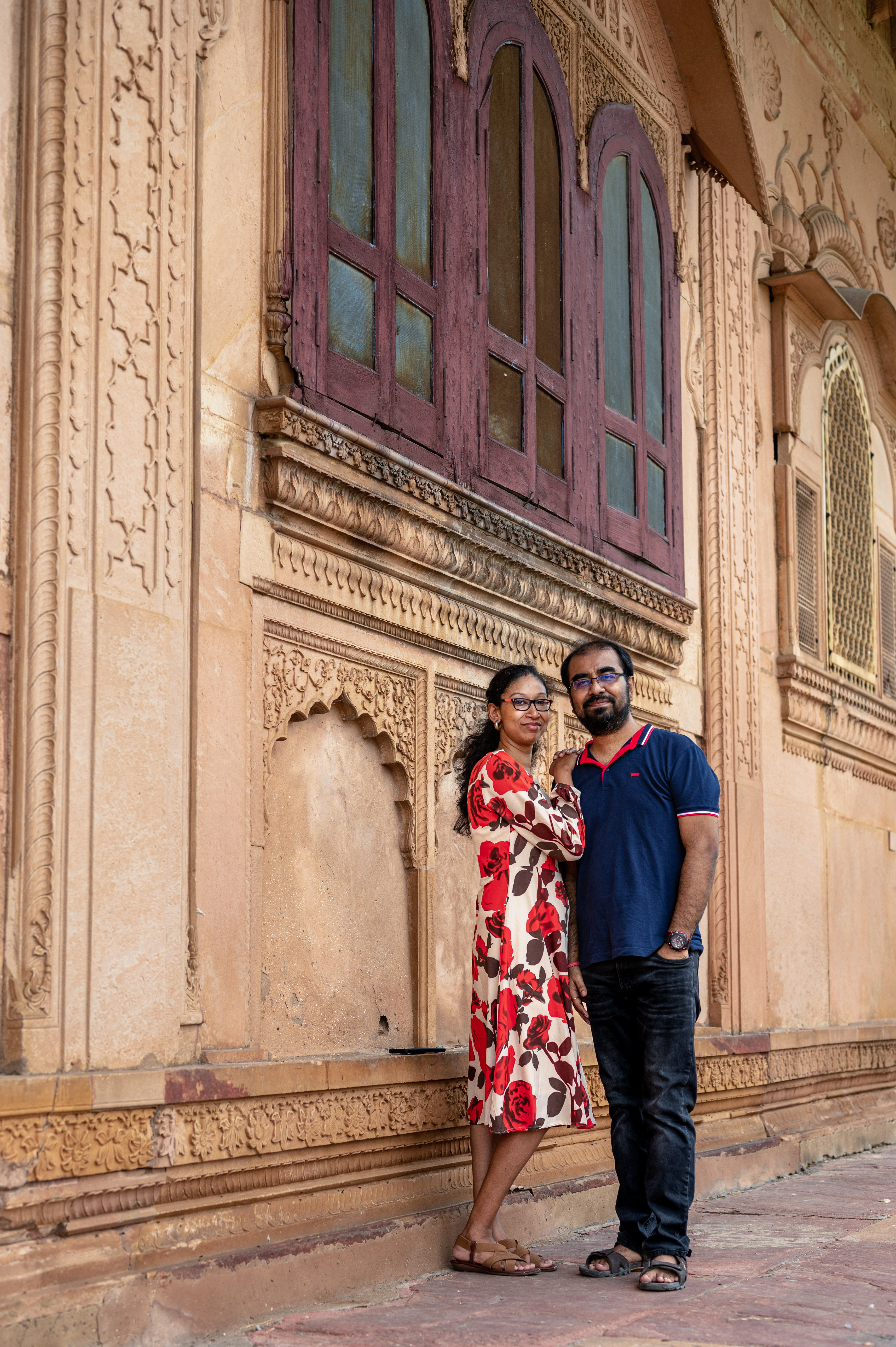
Towards the north of the central garden is the ornate Nand Bhawan. The spacious hall stands on a raised terrace with seven openings. Like other buildings it also has a tank in front and well finished exterior. Here we met a friendly furry that demanded unlimited scratches.
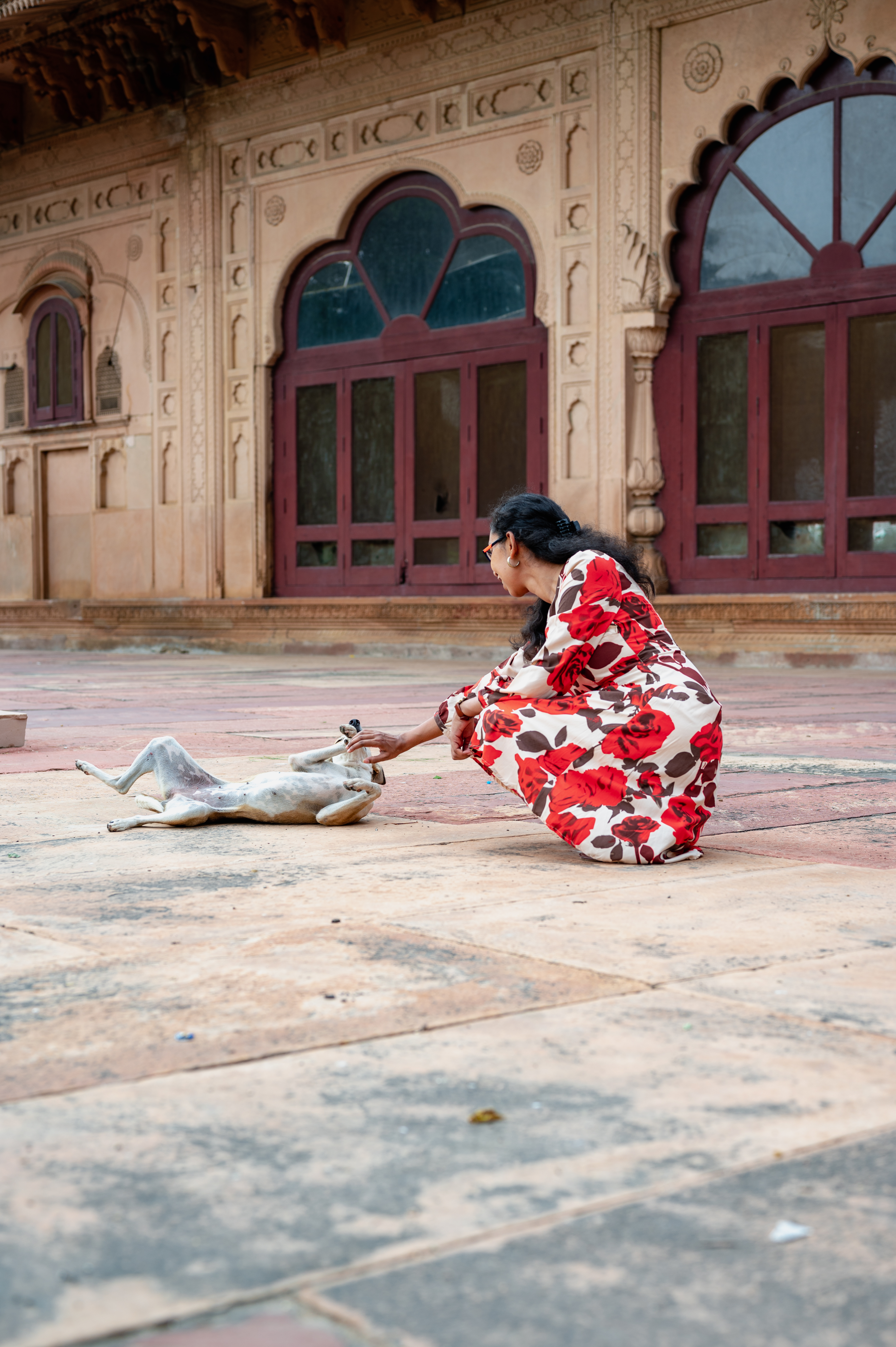
Additional information about Deeg
Timing– 9 am to 5 pm. Museum remains closed on Friday.
Entry fee- 25 INR for Indians, 300 INR for foreign tourists, Free for children below 15 years of age
Best time to visit- October to March. However, August was surprisingly pleasant with the onset of monsoon.
Places around Deeg- Bharatpur (32km), Mathura (50km), Agra (98km), Sariska (117km), Delhi (164km). You can club Bharatpur Bird Sanctuary, Lohagarh Fort and Deeg Palace for a short getaway.
A summary of Deeg, the hidden gem of Rajasthan
Deeg remains relatively peaceful and receives scanty footfall compared to other popular places of Rajasthan like Jaisalmer or Mount Abu. Being an offbeat location perhaps gives it this advantage. Since other weekend destinations were crazily crowded, we picked Deeg, the hidden gem of Rajasthan and explored it at our own pace. Because of presence of the underlying water channels and fountains, the temperature inside the royal arena remains moderate even during the summer. Deeg is perfect for history lovers, photographers, and architecture enthusiasts. The beauty of this location speaks for itself, but it goes above and beyond what you could expect, leaving you stunned and wanting to return time and time again.
